- Flowers
Flower Bulbs Allium Bulbs Anemones Begonia Tubers Crocus Bulbs Daffodil Bulbs Dahlia Tubers Hyacinth Bulbs Lily Bulbs Tulip Bulbs Woodland Flower Bulbs Other Flower BulbsFlower Plants Annual Bedding Plants Children's Flower Plants Clematis Climbing Plants Cottage Garden Plants Exotic Plants Flowers For Cutting Plants Foliage Plants Greenhouse & Indoor Plants Ground Cover Plants Hanging Basket Plants Lavender PlantsHardy Geraniums Herbaceous Border Plants Heuchera Pansies and Violas Patio Plants Water Plants Window Box Plants Winter Bedding Plants Hydrangea Large impact plants Recommended By Our Experts
- Fruit & Vegetables
- Trees, Shrubs & Ornamentals
- House Plants
- Tool Shed
Garden Tools & Equipment Barrows and Trolleys Garden Solutions Harvesting Plant Supports Seed Sowing Tree Stakes Water Butts Weed Control Hand Tools Secateurs, Snips and Pruners WorkshopGarden Irrigation & Watering Irrigation Kits Water Butts Hoses & Sprays Miscellaneous Fertilisers Plant Pots Hanging Baskets Plant Protection Garden Compost All Compost
- Outdoor Living
Garden Living Barbecues & Firepits Garden Storage Solar Lights & Lighting Fixtures & Ornaments Awnings Sail Shades Garden Clocks Landscaping Lawn Edging PavingPatio Heaters Gas Patio Heaters Electric Patio Heaters Fire Pits, Chimeneas, Fire Baskets Wallmounted/Ceiling Patio Heaters Freestanding/Table Top Patio Heaters Water Features Solar Powered Water Features Mains Powered Water Features Indoor Water Features Outdoor Water FeaturesGarden Furniture Rattan Furniture Parasols Garden Benches Dining Sets Loungers Wooden Furniture Party Tents & Gazebos
- Wild Birds
- Gardening Info
- Special Offers
- ‘Munstead' - delicate purple-blue flowers (45 cm/18 in)
- 'Hidcote' - highly scented, dark purple flowers (60 cm/24 in)
- 'Ellagance Sky' - elegant mauve flowers (60 cm/24 in)
- ‘Purple Ribbon’ - pretty, dwarf variety (20cm/ 8 in)
- ‘Fathead’ - spicy fragrance irresistible to bees! (60cm/24 in)
- ‘Bluestar’ - the prettiest of purple flowers (60cm/24 in)
- ‘Edelweiss’ - intensely fragrant white flower spikes (60 cm/24 in)
Join Our Gardening ClubVan Meuwen Gardening Club
Become a Member
Join our Gardening Club to unlock exciting perks and discounts!
JUST £10 for one year's membership
10% OFF EVERY order placed online £20 worth of Van Meuwen Vouchers Exclusive members only deals Join NowHow to prune lavender
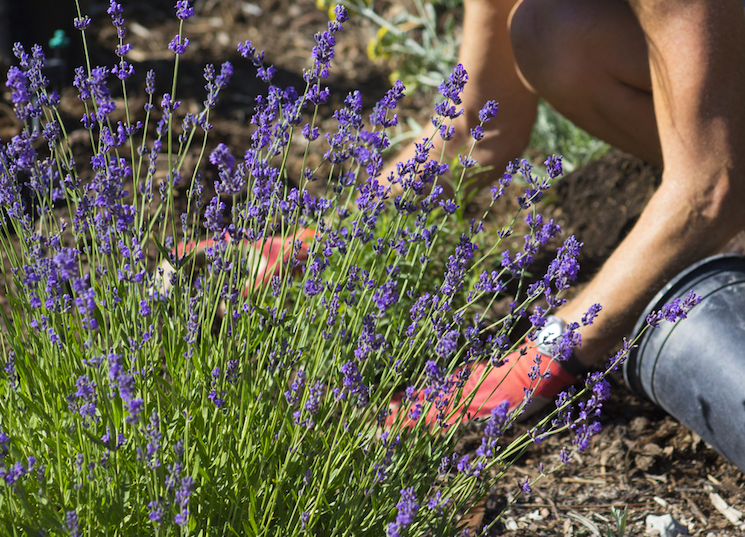
Look after your lavender and it will provide years of beauty and perfume
Image: Shutterstock/On the MoveLavender is an easy-to-grow, evergreen shrub with deliciously scented flowers and foliage. If left to its own devices, lavender can become bare and straggly. But pruning a lavender plant will prolong its life, maintain an attractive shape and ensure plenty of flowers the following year. Here’s how to prune lavender.
What are the main varieties of Lavender?
The three most popular and widely available lavender plants are common or English lavender (Lavandula angustifolia), French lavender (Lavandula stoechas) and lavandin (Lavandula x intermedia).
Common lavender
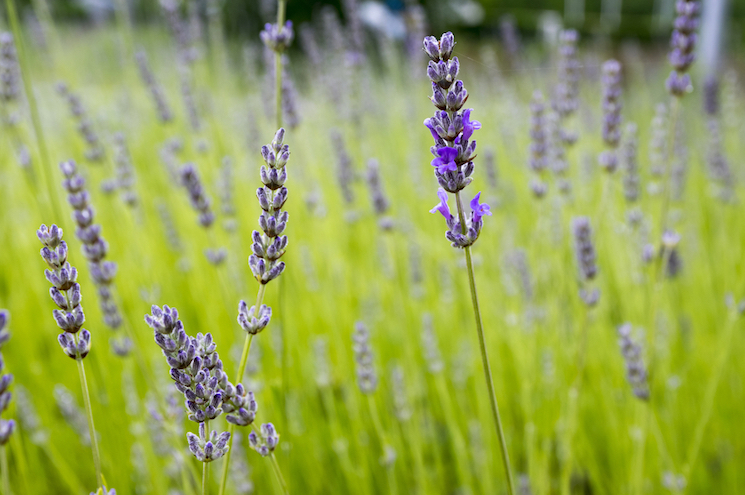
English lavender has a single flush of flowers on long, slender stems
Image: Shutterstock/Iva VagnerovaCommon lavender bears a single flush of flowers on long, slender stems, mainly in June and July. It’s a fully hardy shrub.
French lavender
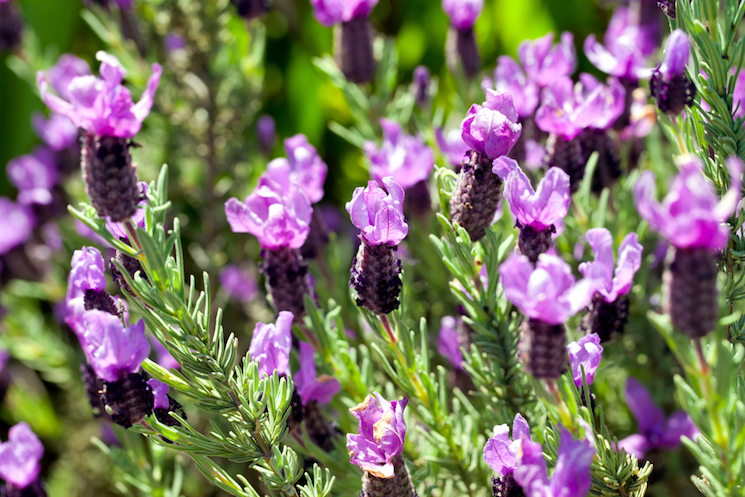
French lavender flower spikes are topped with bracts or ‘wings’
Image: Shutterstock/janaphFrench lavender flowers continuously from May to September (with dead-heading). Flower spikes are topped with distinctive bracts or 'wings' and are borne on short stems. French lavender is borderline hardy, coping with temperatures between -5°C and -10°C (14-23°F) for short periods.
Lavandin
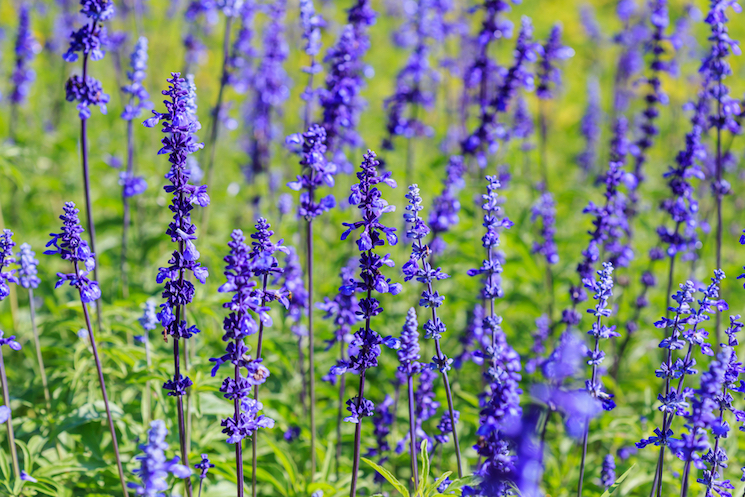
Lavandin flower heads are conical
Image: Shutterstock/Freedom_StudioLavandins are sterile hybrid lavenders, which are more vigorous than common lavender. Flowers are borne on very long stems, mainly in July and August. Lavandin is slightly less hardy than common lavender, but will cope with short periods down to -10°C (14°F).
When to prune lavender
Carry out lavender pruning in late August, just after flowering has finished. Don't leave it too late, as any re-growth will need time to harden up before the first frosts. You can also trim your lavenders in April, but this will delay flowering slightly.
How to prune lavender
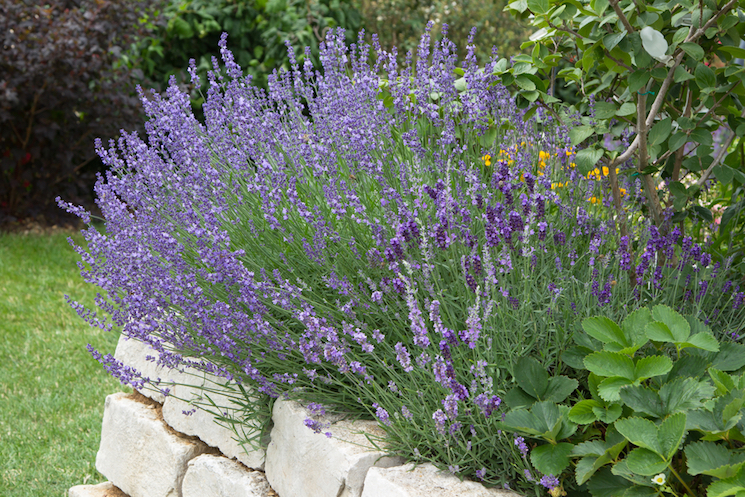
Proper pruning will maintain your lavender’s attractive shape
Image: Shutterstock/Jeanette DietiUsing either secateurs or hand shears simply trim back the whole plant by 2.5-5cm (1-2"). Lavenders thrive if pruned back fairly hard but never cut back into old wood as most lavender plants won't re-grow from this. Always make sure there is some healthy green growth left for the plant to regenerate from.
Dead-head French lavenders throughout the summer as they’ll flower continuously from May to September. Deadheading will also encourage more flowering through the season.Top varieties of lavender
Common/English lavenders
French lavenders
Lavandins
Don’t leave it too long before you cut your plants back. Although your plants may look a bit sad after pruning, they'll quickly put on some new growth before winter, ready for another fabulous display next summer!
Watch: How to prune lavender with Van Meuwen
Lavender plants need regular pruning to prevent them looking thin and woody. Learn how to prune Lavender with Van Meuwen.
Quick Links:
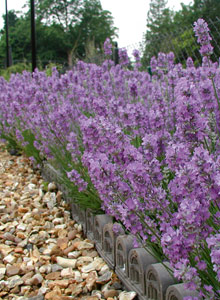
Pruning lavender annually encourages a neat growing habit and prolongs the shrub's life.
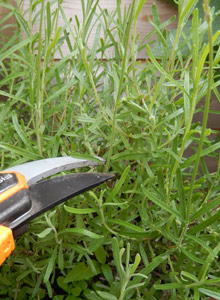
Lavenders tolerate fairly hard pruning, although make sure there is some healthy green growth left for the plant to regenerate from.
Sign up to the Van Meuwen Gardener's Club for Special Offers
Delivery Information Privacy Policy Cookies Terms of Business Affiliate Programme Planting & Cultural Advice Contact Us© 2024 Van Meuwen. All rights reserved. A division of Branded Garden Products Limited.
- House Plants
